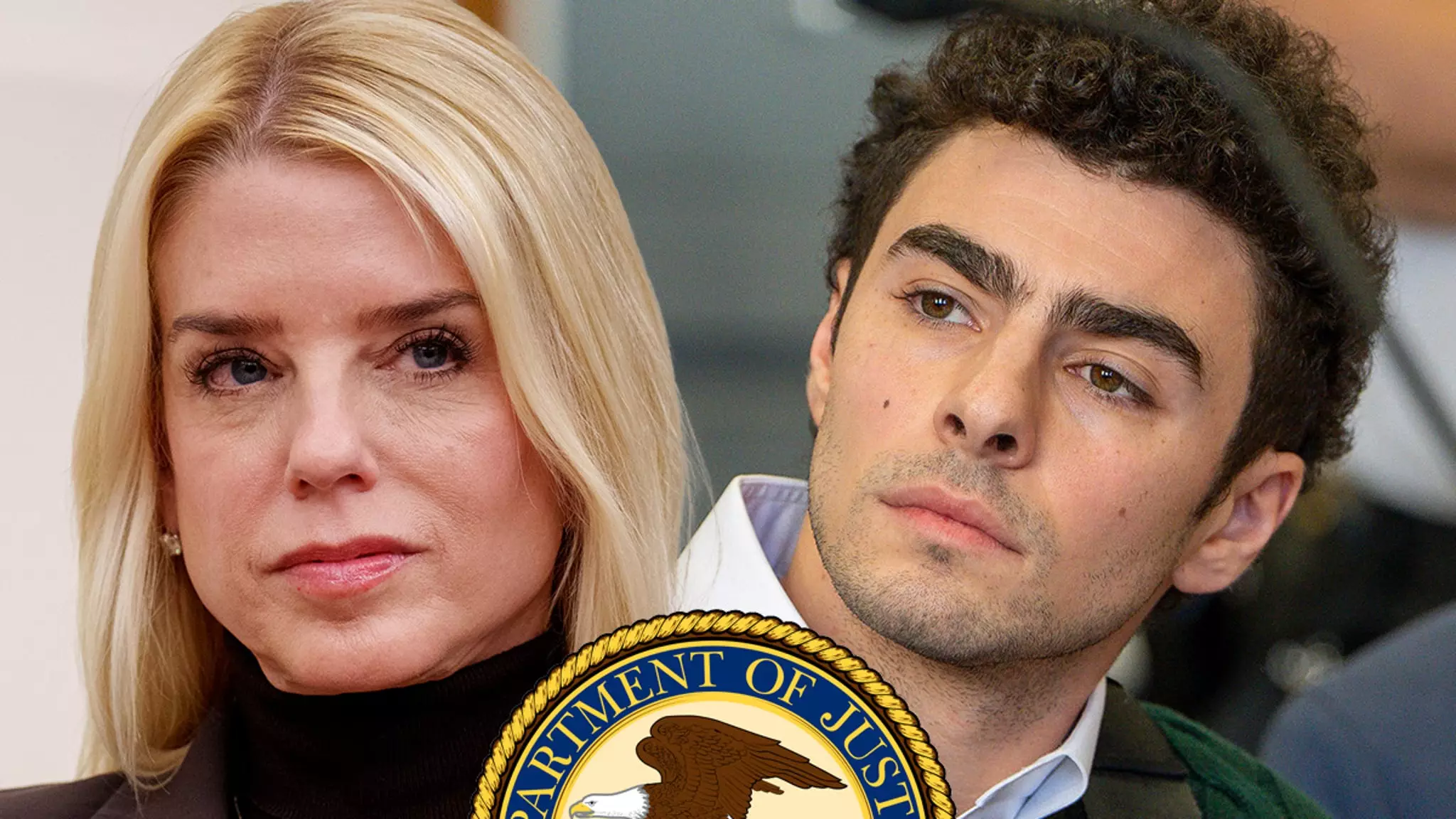In a disturbing turn of events, Attorney General Pam Bondi has publicly advocated for the death penalty for 26-year-old Luigi Mangione, who stands accused of the heinous murder of UnitedHealthcare CEO Brian Thompson. With a legal framework supporting extreme measures against convicted criminals, this case raises not only questions about Mangione’s alleged crime but also about the processes and moral implications of capital punishment itself. As society grapples with the morality of execution as a legal recourse, the case highlights a broader conversation about what it means to punish offenders in our justice system.
The Mechanics of Execution
If convicted, Mangione will face a chilling method of execution—lethal injection. This procedure, long considered a “humane” alternative to other methods of capital punishment, is fraught with complexities and potential for severe suffering. Legal expert Corinna Lain offers an icy dissection of what an execution entails. The execution process, initially appearing straightforward, reveals itself as a deeply unsettling ritual. A prisoner, restrained to a gurney, becomes the central figure in a medical procedure administered not by trained professionals but by prison guards. The chilling detail of an executioner searching for adequate veins raises profound ethical questions about the treatment of individuals awaiting this fate.
Health Risks and Unintended Consequences
One of the most distressing aspects of lethal injection is the potential for acute physical suffering. Reports of difficulties in locating suitable veins due to previous drug use are not unprecedented. However, Mangione’s youth and physical fitness could paradoxically present issues as he may not have the dilapidated veins common among many inmates. This exaggeration of risk brings forth a bitter irony—those who might require better care are often faced with the specter of unnecessary pain and suffering, exacerbated by the incompetence of untrained personnel.
Lain’s insights bring to light the specific dangers associated with lethal injection, such as Acute Pulmonary Edema. The implication that prisoners may experience a near-immediate sense of drowning and suffocation pulls the narrative away from the notion of a peaceful demise into the realm of grotesque torture. Alongside this, the reality that drug delivery may malfunction, causing agonizing chemical burns and awakening the prisoner mid-execution, casts a long and disturbing shadow over the credibility of an ostensibly humane execution method.
The Legal and Ethical Quagmire
As prosecutors prepare their arguments for the death penalty, the legal precedents surrounding capital punishment only add to the moral quagmire. How can a society advocate for life-long rehabilitation and simultaneously endorse execution? The sociopolitical environment that allows for the death penalty poses questions regarding both justice and revenge. In a system that aims to deter crime, rehabilitation and restorative measures seem light-years away from a verdict of death.
Moreover, the rollout of criminal justice reform seeks to reduce harsher penalties for non-violent offenders and emphasizes rehabilitation over retribution. Yet cases like Mangione’s expose the dissonance within the legal apparatus, as the push for the death penalty seems less about justice and more about a public outcry for blood. The discomfiting dance of legal fervor surrounding death sentences amplifies calls for systemic reform, urging society to reflect more deeply on the ethics of capital punishment.
Connecting the Dots: Public Sentiment and Judicial Action
A case that captures public interest often becomes a crucible for revealing broader societal values. As Americans engage with the complexities surrounding the death penalty, it creates a dialogue about the fundamental humanity of all individuals—even those accused of horrific crimes. While many seek justice for the victims, there is an equally vocal segment questioning the means through which we seek that justice. The chilling possibility that Luigi Mangione could endure profound suffering in an execution chamber is a stark reminder that the quest for retribution might come at a far steeper moral price than most are willing to acknowledge.
As this case unfolds, it embodies the essential struggle between justice and ethics, presenting an uncomfortable truth: our justice system is capable of instigating violence in its attempts to curb it. This tragic intersection of crime, punishment, and morality demands urgent attention, not only from lawmakers but from society as a whole, as we consider what it means to truly serve justice without descending into cruelty.

